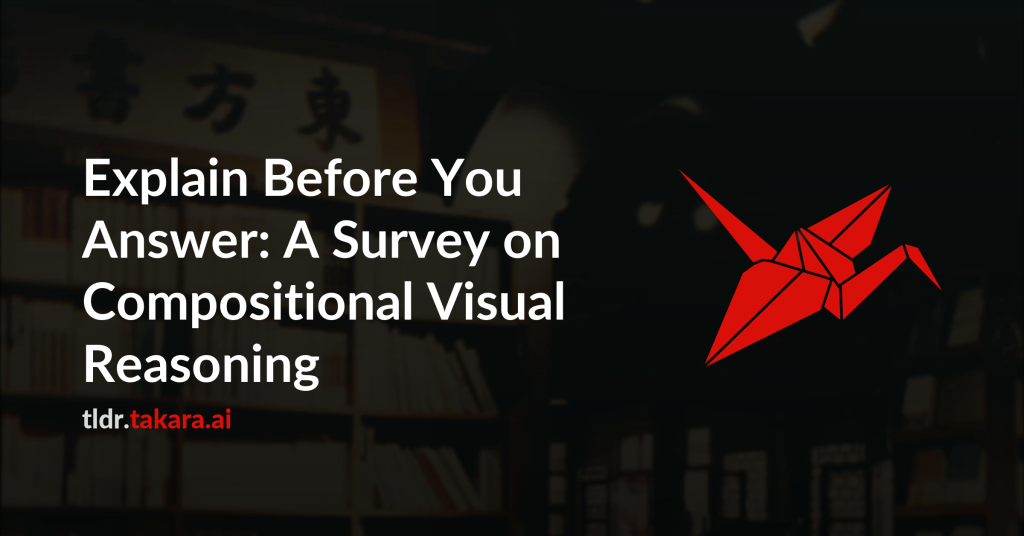Compositional visual reasoning has emerged as a key research frontier in
multimodal AI, aiming to endow machines with the human-like ability to
decompose visual scenes, ground intermediate concepts, and perform multi-step
logical inference. While early surveys focus on monolithic vision-language
models or general multimodal reasoning, a dedicated synthesis of the rapidly
expanding compositional visual reasoning literature is still missing. We fill
this gap with a comprehensive survey spanning 2023 to 2025 that systematically
reviews 260+ papers from top venues (CVPR, ICCV, NeurIPS, ICML, ACL, etc.). We
first formalize core definitions and describe why compositional approaches
offer advantages in cognitive alignment, semantic fidelity, robustness,
interpretability, and data efficiency. Next, we trace a five-stage paradigm
shift: from prompt-enhanced language-centric pipelines, through tool-enhanced
LLMs and tool-enhanced VLMs, to recently minted chain-of-thought reasoning and
unified agentic VLMs, highlighting their architectural designs, strengths, and
limitations. We then catalog 60+ benchmarks and corresponding metrics that
probe compositional visual reasoning along dimensions such as grounding
accuracy, chain-of-thought faithfulness, and high-resolution perception.
Drawing on these analyses, we distill key insights, identify open challenges
(e.g., limitations of LLM-based reasoning, hallucination, a bias toward
deductive reasoning, scalable supervision, tool integration, and benchmark
limitations), and outline future directions, including world-model integration,
human-AI collaborative reasoning, and richer evaluation protocols. By offering
a unified taxonomy, historical roadmap, and critical outlook, this survey aims
to serve as a foundational reference and inspire the next generation of
compositional visual reasoning research.

